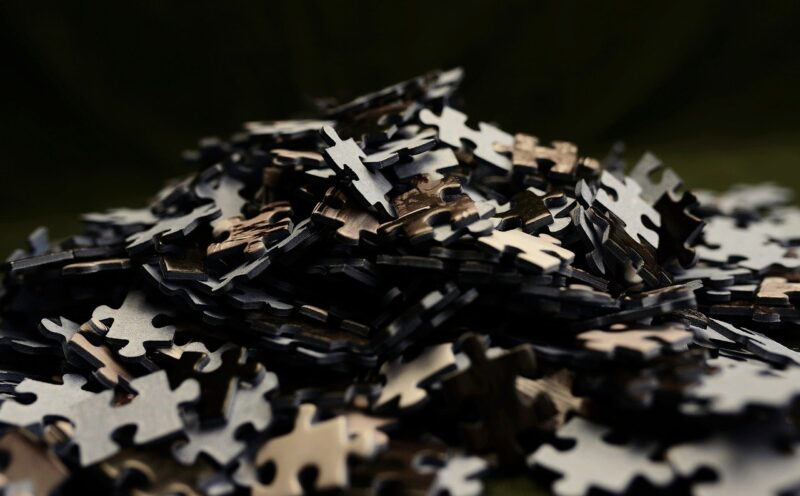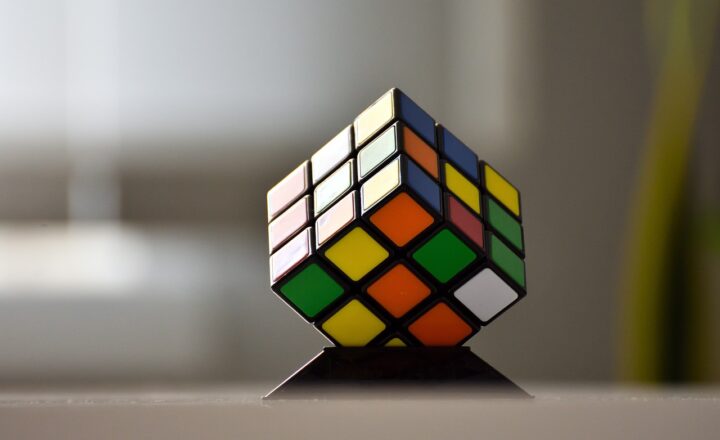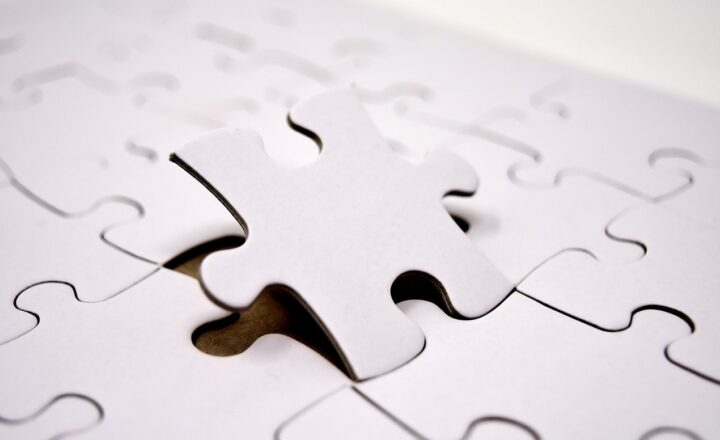Why Building Puzzles and Mazes Can Be a Fascinating Hobby for Kids and Adults
November 14, 2024

Puzzles and mazes have intrigued people for centuries, offering a perfect combination of challenge and entertainment. Whether you’re a child just discovering the joy of solving a puzzle or an adult looking for a relaxing pastime, engaging in building puzzles and mazes can provide numerous benefits.
1. The Art and Science of Puzzles and Mazes
Puzzles, in various forms, have existed throughout human history. They are not only fun to solve but also encourage critical thinking and problem-solving skills. Mazes, on the other hand, are enjoyable spatial challenges, requiring focus and strategy for completion.
The creation of puzzles and mazes can be a meticulous art form as well as a complex engineering challenge. From simple jigsaw puzzles to intricate 3D mazes, each offers unique experiences that cater to different interests and age groups.
While puzzles typically involve assembling pieces, mazes often challenge individuals to navigate pathways. Both activities promote cognitive functions and have distinct designs that can be educational and entertaining.
2. Cognitive and Educational Benefits
Engaging in puzzles and mazes has been linked to numerous cognitive benefits for both kids and adults, including:
- Problem-Solving Skills: Puzzles and mazes require strategic thinking and logic, helping individuals enhance their problem-solving abilities. As individuals work through complex designs, they learn to approach challenges systematically.
- Memory Improvement: Regularly solving puzzles can improve memory and recall skills. As participants focus on patterns and sequences, they strengthen their memory capabilities in a fun, engaging way.
- Spatial Awareness: Navigating mazes fosters spatial awareness and enhances the ability to visualize and manipulate objects in three-dimensional space. Children benefit greatly from these skills as they mature.
- Attention to Detail: As participants piece together puzzles or plot their course through mazes, they learn to notice details that are essential for success, honing their attention and focus.
These cognitive exercises are especially beneficial for young children as they lay the groundwork for future learning.
3. Building Puzzles and Mazes: A Hands-On Approach
While solving puzzles and mazes is a rewarding activity, constructing them can be equally, if not more enriching. Building your own puzzles or mazes encourages creativity and innovation. Here’s how you can incorporate this hands-on approach into your hobby:
- Designing Custom Puzzles: Using cardboard or wood, craft your own jigsaw puzzles by drawing a unique design, then cutting it into pieces. This activity promotes artistic expression and spatial reasoning.
- Creating 3D Mazes: Consider creating a 3D maze using blocks, LEGO, or even paper. This hands-on project engages both the cognitive and tactile senses, allowing participants to physically interact with the maze.
- Programming Mazes with Technology: For tech-savvy individuals, using programming languages like Scratch or Python can help to design digital mazes. This encourages computational thinking and technological literacy in both kids and adults.
Building your own puzzles or mazes allows you to tailor them to your interests and abilities while delivering a sense of accomplishment upon completion.
4. A Social Activity for All Ages
Puzzles and mazes are not only individual pursuits but can also foster social connections. They encourage collaboration among friends and family, allowing everyone to work together toward a common goal. Consider the following social aspects:
- Puzzle Competitions: Host puzzle races or competitions with friends and family. You can time yourself or enjoy friendly competition with others.
- Maze Challenges: Set up physical or digital maze challenges where participants can race to see who can navigate successfully in the shortest time.
- Collaborative Building Projects: Work as a team to create large, multi-part puzzles or extensive mazes, reinforcing teamwork skills and allowing everyone to contribute their ideas.
Engaging in puzzles and mazes can turn into a family tradition or social event, creating memorable experiences and strengthening bonds among participants.
5. Relaxation and Mindfulness
In our fast-paced, technology-driven world, taking time for focused activities like puzzles and mazes provides a refuge from daily stressors. They can enhance mindfulness and relaxation through:
- Stress Relief: Engaging in these leisurely activities lowers cortisol levels, promoting relaxation and mental clarity. In times of uncertainty, immersing oneself in the intricate patterns of a puzzle can create a sense of peace.
- Meditative State: Many people find that focusing on puzzles or planning a maze allows them to enter a meditative state, fostering inner peace and reducing anxiety.
- Enhanced Focus: The concentration required in these activities can be a form of mindfulness practice, sharpening focus and drawing attention away from external distractions.
Taking time to enjoy building and solving puzzles can enhance overall well-being.
Conclusion: A Hobby for Everyone
In summary, building puzzles and mazes is an engaging hobby that offers multiple cognitive, social, and emotional benefits for individuals of all ages. Whether you are building intricate mazes, creating beautiful puzzles, or simply engaging in them, the opportunities for creativity and personal growth are endless.
As you consider your next hobby project, remember the joy and challenges that come with puzzles and mazes—an enriching experience for both kids and adults alike. They not only entertain but stimulate the mind and create unforgettable memories with those we cherish most.





